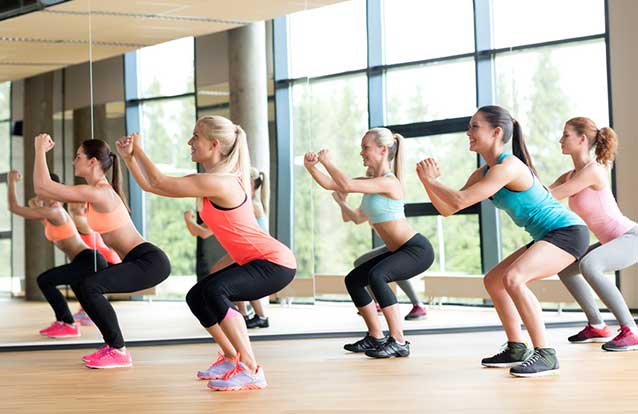
You can improve body composition through strength training, which can help increase muscle size. Lifting weights is an essential part of bodybuilding and strength training. According to the Built Lean website, “skeletal muscle is made up of thread-like myofibrils and sarcomeres (small fiber units) that form a muscle fiber and are the basic units of contraction.” These muscles are the focus of those that lift weights at the gym.
When someone, like a powerlifter, can lift a large amount of weight without ending up crazy muscular, it is because of their muscles’ ability to activate motor neurons within the muscles, which helps them contract better. As it becomes easier to activate muscles (i.e., lift heavier weights), you will experience that your muscle growth will slow down after the initial strength gaining period. After working out, your body begins to repair or replace damaged muscle fibers through a cellular process. The process fuses muscle fibers, which form new muscle protein strands or myofibrils.
These repaired myofibrils thicken and increase in number to promote muscle growth. Muscle growth happens when the muscle protein synthesis rate is higher than the muscle protein’s speed breaks down. This process does not occur while you lift the weights, but while you’re at rest.
The fundamental progression of natural muscle growth relies on your ability to stress your muscles continually. This stress is a significant factor involved in the development of a muscle, and the subsequent disruption in homeostasis causes three main mechanisms:
To produce muscle growth, you must lift a more considerable amount of weight than what your body or muscles are adapted to do. The best technique is to lift progressively heavier weights. The muscle’s additional tension will help change the muscle’s chemistry and promote growth factors, including mTOR activation and satellite cell activation. Muscular tension also affects the connection of the motor units with the muscle cells.
The soreness felt after working out is caused by localized muscle damage from working out. The local muscle damage causes a release of inflammatory molecules and immune system cells, activating satellite cells to jump into action.
The burn you feel while exercising is due to metabolic stress. Metabolic stress causes cell swelling around the muscle, contributing to muscle growth without increasing its size.
Our body sculpting clinics offer an array of non-invasive procedures to target common body aesthetic concerns. We create custom treatment plans to meet each client's unique needs, using the latest technology to deliver safe and effective results.
True Form Medical Group ©2025. Cosmetic Website by Demand Boost, Inc.